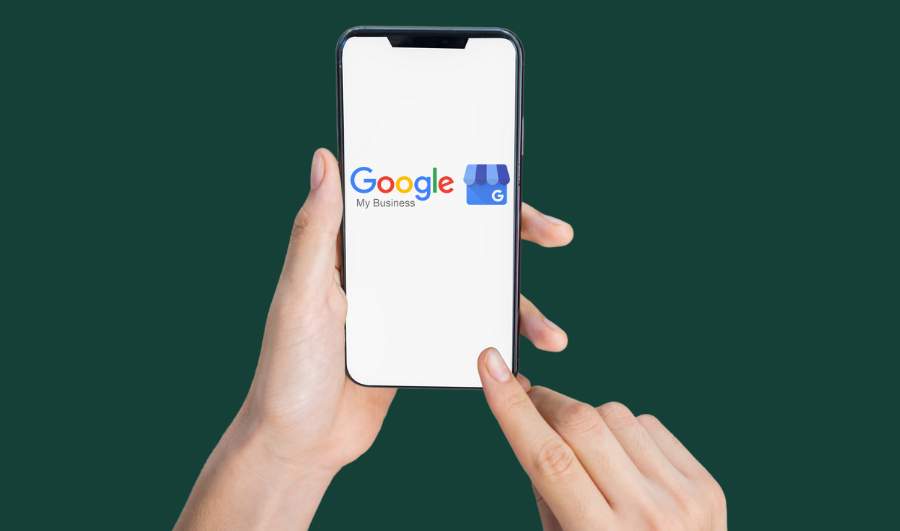Digital payments have revolutionized the way individuals and businesses manage their finances. Among various digital tools, the Unified Payments Interface (UPI) stands out as one of the fastest, easiest, and most secure systems. While most people relate UPI with personal savings accounts, it’s equally effective for business owners managing current accounts. In fact, several leading banks and fintech providers, such as PayU, support UPI for current accounts, helping businesses streamline transactions efficiently.
This article explains how to register for UPI, how to link your current account to UPI, and how the UPI payment gateway functions for business owners.
| Table of Contents 1. Understanding UPI and Its Business Relevance 2. Can Current Account Be Linked to UPI? 3. How to Register for UPI with Your Current Account 4. How UPI Works with Current Accounts 5. Why Businesses Should Use UPI for Current Accounts 6. Advantages of Linking Current Account to UPI 7. Safety and Best Practices for UPI 8. UPI as a Payment Gateway for Business Growth 9. Conclusion |
Understanding UPI and Its Business Relevance
UPI (Unified Payments Interface) is a real-time payment system launched by the National Payments Corporation of India (NPCI). It allows money transfers between bank accounts instantly using a mobile device. Businesses can use it for vendor payments, salary disbursements, or receiving customer payments directly into their current account.
With the growing need for digital convenience, banks and fintech companies now provide a UPI payment gateway that integrates seamlessly with business systems. This helps merchants collect payments online, through QR codes, or via payment links, all connected directly to their current accounts.
Can Current Account Be Linked to UPI?
A common question among entrepreneurs is, “Can current account be linked to UPI?” The answer is yes. Initially, UPI was designed for savings accounts, but now most banks and fintech firms allow UPI registration for current accounts.
This means small business owners, startups, and retailers can use UPI as their preferred payment gateway to receive and send money quickly. Linking your bank account to UPI gives you the flexibility to operate digitally without relying on cheques or cash deposits.
How to Register for UPI with Your Current Account?
Let’s understand how to register for UPI and activate it for your current account using any UPI-enabled app or platform.
1. Choose a UPI App or Platform
Start by selecting a UPI-enabled app that supports current accounts. These apps function as UPI payment gateways, helping you receive and track transactions directly through your current account.
2. Begin the UPI Setup
Install the app and verify your mobile number. Make sure the number you use is registered with your bank. The UPI setup process needs an active SIM card linked to your bank account for verification.
3. Link Current Account to UPI
Once your number is verified, you’ll see a list of supported banks. Select your bank where your current account is held. The app will automatically take your account details. This step completes the basic UPI registration process link between your bank account and the UPI platform.
4. UPI Activation
For UPI activation, you will need your debit card linked to the current account. Enter the last six digits and expiry date to generate a new UPI PIN. This PIN will be required for all future transactions, ensuring security.
5. Create Your UPI ID
Your app will automatically generate a UPI ID (for example, businessname@bankname). You can share this ID or QR code with clients and customers for receiving payments.
6. Start Using UPI for Transactions
After UPI activation, you can start sending and receiving payments from your current account. Payments are instant, secure, and trackable, perfect for small business operations.
How UPI Works with Current Accounts?
Once you are done with the UPI registration, your business can experience a simplified transaction flow. Here’s how the process works:
- Initiation: You open your UPI app and select the option to pay or collect.
- Authentication: You input your UPI ID or scan a QR code, enter the amount, and confirm with your UPI PIN.
- Processing: The app connects to your bank account through NPCI’s network and processes the payment.
- Completion: Funds move instantly between bank accounts, with both sender and receiver getting confirmation messages.
This process eliminates manual entries, making it easier to handle payments efficiently through a UPI payment gateway.
Why Businesses Should Use UPI for Current Accounts?
UPI is more than just a payment option, it’s a powerful digital payment gateway that supports business growth. Here are the key reasons why businesses should adopt it:
- Instant settlements: Receive payments instantly in your bank account without waiting for clearance.
- Reduced costs: UPI transactions are typically free or low-cost compared to card payments.
- Ease of integration: With online platforms, you can connect your UPI payment gateway directly to your website or app.
- Better customer experience: Customers prefer paying through UPI due to its speed and convenience.
- Transparency: Every transaction is recorded digitally, simplifying your accounting and audits.
Advantages of Linking Current Account to UPI
When you link your current account to UPI, you unlock several business advantages:
- Faster vendor and supplier payments.
- Easy refunds or settlements for e-commerce transactions.
- Instant QR-based payment collection at retail counters.
- Integration with ERP systems for automatic reconciliation.
- No dependency on card swipes or cash deposits.
Your UPI setup essentially transforms your smartphone into a smart business wallet, helping manage all inflows and outflows from one place.
Safety and Best Practices for UPI
While UPI is secure, businesses should follow some precautions during UPI activation and use:
- Never share your UPI PIN with anyone.
- Always verify UPI IDs before making payments.
- Use official business versions of UPI apps.
- Regularly update your app for better security.
- Monitor your bank account to UPI transactions through alerts or statements.
UPI as a Payment Gateway for Business Growth
With the government promoting a digital economy, UPI has become a major enabler for MSMEs and startups. Using UPI payment gateway solutions, businesses can easily embed payment options into websites, apps, or invoices.
Fintech companies have simplified the process for merchants to adopt UPI for current accounts. They allow instant UPI registration, provide QR codes for collections, and help automate settlements directly into the current account.
Conclusion
If you are wondering how to register for UPI for your business, it’s simpler than ever. With just a few steps, you can link your current account to UPI, complete the UPI setup, and begin accepting instant digital payments through your preferred UPI payment gateway. UPI is transforming how businesses handle money, making payments faster, safer, and fully digital.



